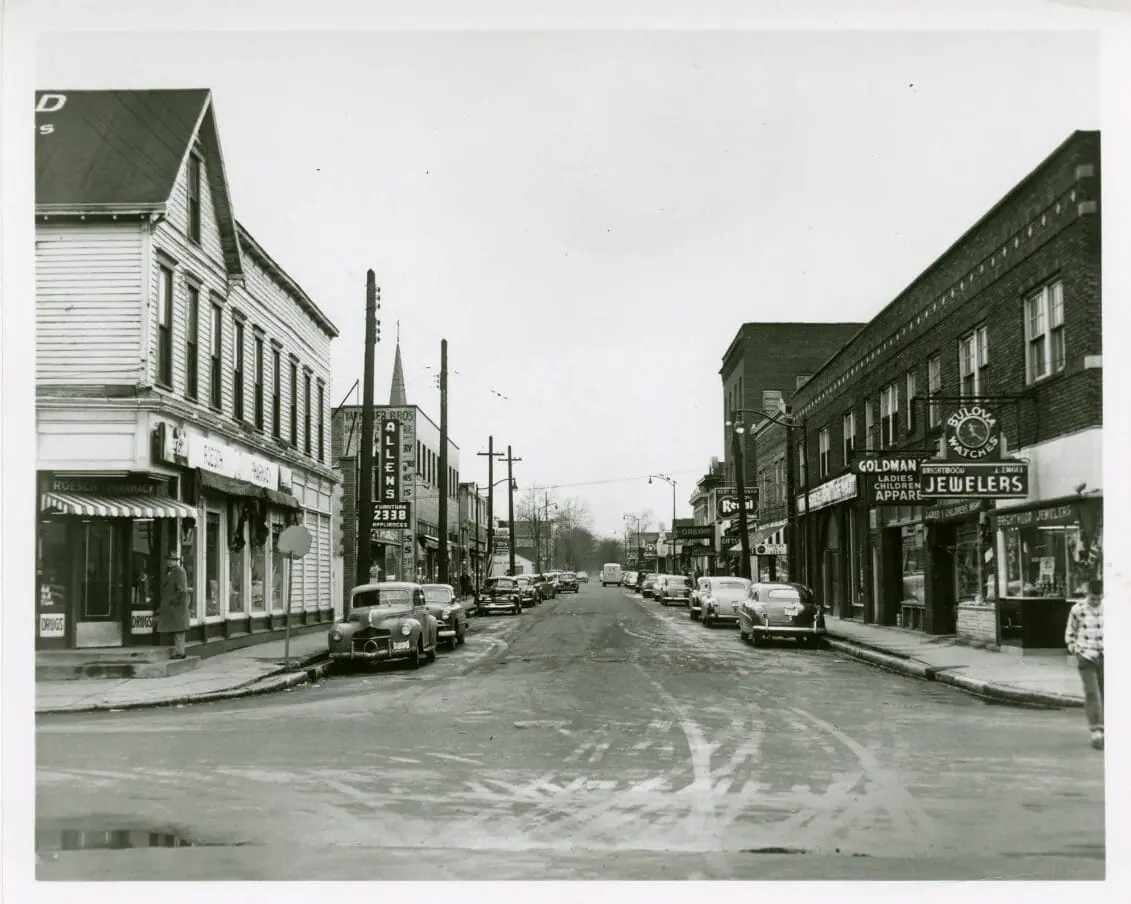The eastside history behind Irvington, Woodruff Place, Martindale Brightwood
(MIRROR INDY) — The east side of Indianapolis has beautiful green spaces, passionate residents and some of the oldest neighborhoods in the city. I’ve lived on the east side my entire life, but know very little about the history of the neighborhoods on this side of the city. And I want to change that.
To start with, I looked into three of the neighborhoods eastsiders call home. Have a suggestion for other neighborhoods I should look into? Email me at darian.benson@mirrorindy.org.
Irvington’s spooky past
Irvington was created as a suburban town east of Indianapolis. Sylvester Johnson and Jacob Julian founded the neighborhood in 1870. Believing the area resembled the village in Washington Irving’s gothic horror short story “The Legend of Sleepy Hollow,” the founders named the town after the author. From 1875 to 1928, the neighborhood was home to Butler University. The town was eventually annexed by Indianapolis in 1902 and the original plat was added to the National Register of Historic Places in 1987.
To this day, the neighborhood continues to pay homage to its spooky namesake. The neighborhood’s annual weeklong Halloween festival features readings of “The Legend of Sleepy Hollow,” ghost tours and a street fair attended by thousands.
Woodruff Place fought to remain independent
With its park-like esplanades and fountains, Woodruff Place was another one of Indianapolis’s first planned suburbs.
James O. Woodruff came to the city in 1870 to start the city’s first water company. In 1872, he purchased 80 acres east of the city and founded Woodruff Place. He laid three boulevards: West, Middle and East drives, and one intersecting street, Cross Drive. Each drive features a large fountain at the intersection and two smaller fountains on either end of the street.
As Indianapolis grew, Woodruff Place fought off becoming part of the state capital — even appealing an Indiana Supreme Court decision that would force annexation to the U.S. Supreme Court. The neighborhood became a part of Indianapolis in 1962 after the Supreme Court declined to review the case. Woodruff Place was added to the National Register of Historic Places in 1972.
Martindale Brightwood’s roots were in rails
With the Monon Trail its western border, Martindale Brightwood is a neighborhood made up of two formerly independent settlements.
To the east, Brightwood became an incorporated town in 1876 and first settled by railroad workers. The area soon became the railroad center of Indianapolis and may have been named after local railroad figure John Bright. Brightwood was eventually annexed by Indianapolis in 1897.
Martindale makes up the western part of the neighborhood and was established in 1873. Unlike Brightwood, the area was never an incorporated town. The neighborhood was originally a blue collar, majority Black community and many residents worked at companies along the Monon Railroad.
The two areas were joined in 1992 when the Martindale-Brightwood Community Development Corporation was formed. Today, the neighborhood is home to Martin University, Frederick Douglass Park and the Edna Martin Christian Center.
Mirror Indy reporter Darian Benson covers east Indianapolis. Contact her at 317-397-7262 or darian.benson@mirrorindy.org. Follow her on X @HelloImDarian.
